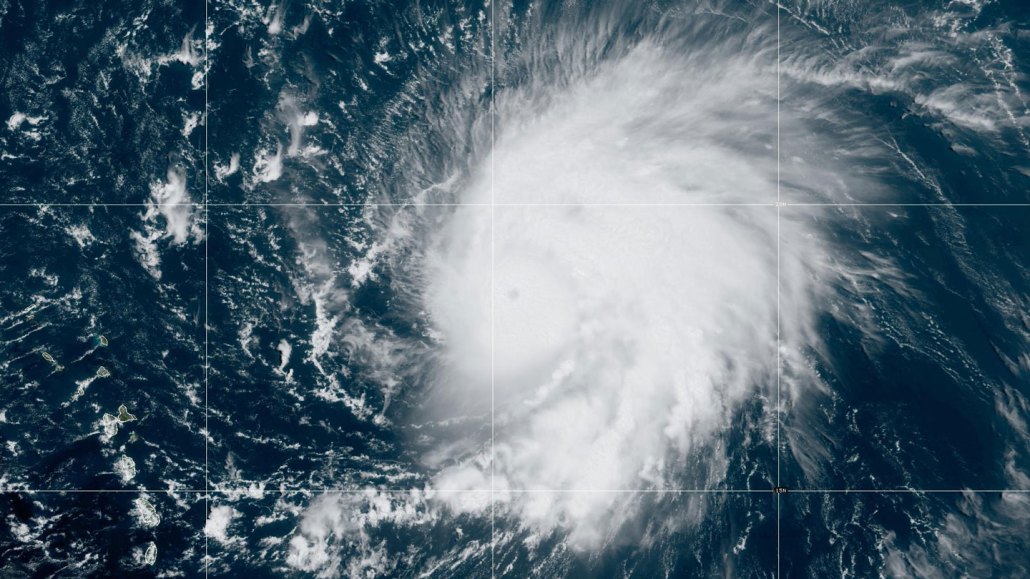What’s driving an increasing number of hurricanes to rapidly intensify?
Studies have linked the trend to climate change

In just 24 hours, Hurricane Lee intensified explosively from a Category 1 to a major Category 5 hurricane (shown here as a Category 5 on September 8).
NOAA/NESDIS/STAR